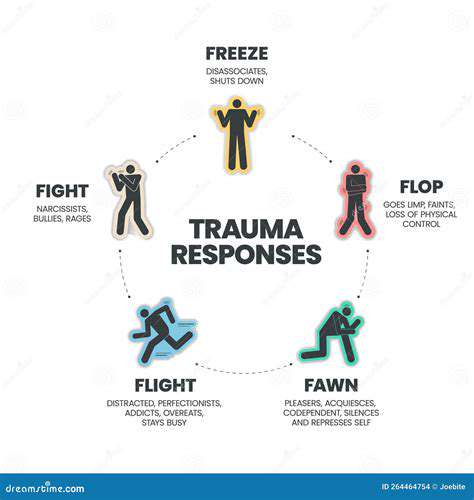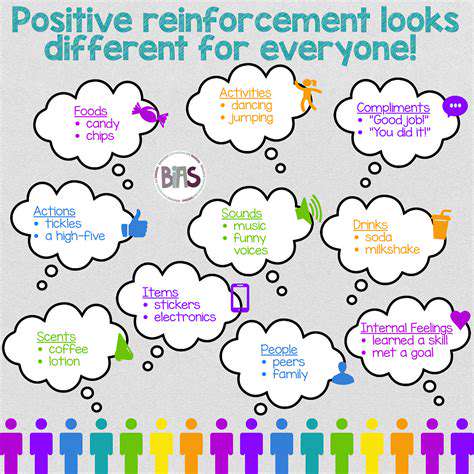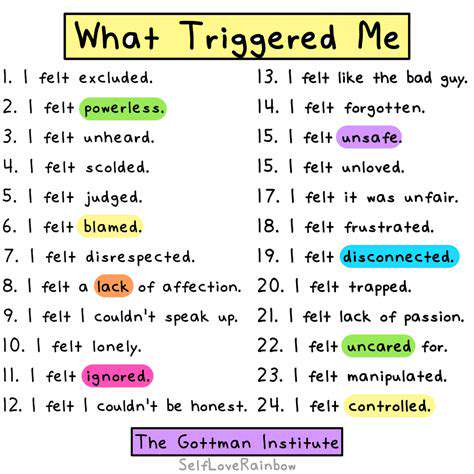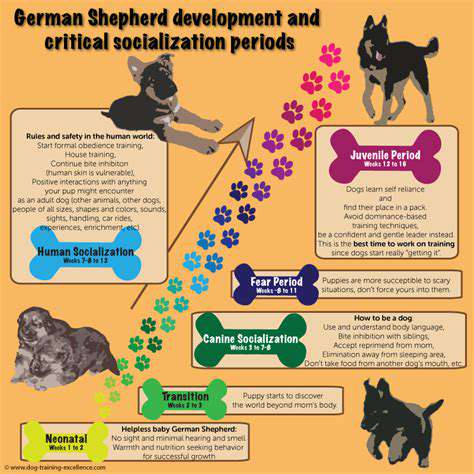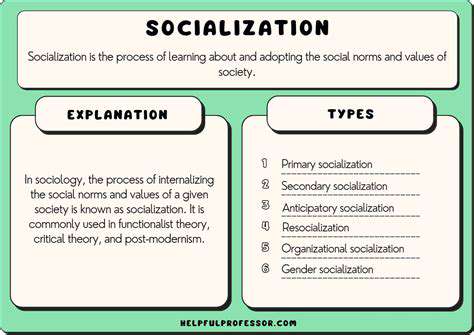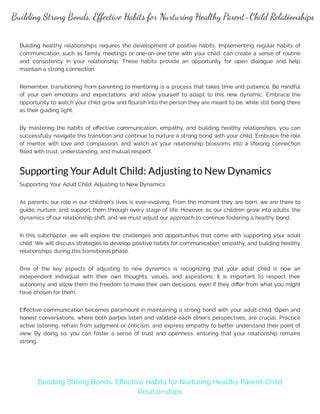No Treats Needed? Training Basic Commands with Verbal Praise
While treats are a popular and effective positive reinforcement tool, they're certainly not the only option. Positive reinforcement can encompass a wide variety of rewards, including praise, petting, toys, or even allowing access to a favorite spot or activity. Understanding your dog's individual motivators is key to choosing the most effective reward. Some dogs are highly motivated by toys, others by attention, and still others by the opportunity to engage in a specific activity. The key is to find what motivates your dog and use that to encourage desired behaviors.
By diversifying your reward system, you can cater to your dog's unique preferences and keep training interesting and engaging. This approach prevents your dog from becoming overly reliant on treats, making training more effective and sustainable in the long run. It also helps maintain a well-rounded and balanced training approach.
Crafting a Training Environment Conducive to Learning
The environment in which you train your dog plays a significant role in the success of your training sessions. A calm, quiet space free from distractions will help your dog focus on the task at hand. Minimize potential disruptions, such as loud noises or other animals, to create a more conducive learning environment. Consistent training sessions in the same location can also help your dog associate that space with learning and positive experiences.
Using positive reinforcement in a supportive and understanding environment can build a stronger bond between you and your dog. This positive approach to training allows for a greater understanding of your dog's communication cues and builds trust and respect, creating a more enjoyable learning experience for both of you. Consistency is key, so try to keep the environment predictable and supportive.
Building a Foundation of Trust and Respect
Positive reinforcement isn't just about teaching commands; it's about building a strong foundation of trust and respect between you and your dog. By consistently using positive reinforcement techniques, you demonstrate that you're on their side, and that you're focused on their well-being. This positive approach encourages your dog to feel safe and secure, leading to a more cooperative and responsive learning experience. Respectful communication and positive reinforcement foster a deeper understanding of each other's needs and enhance the bond you share.
A foundation of trust and respect is essential for effective long-term training. This positive approach fosters a deeper understanding of your dog's needs, leading to a stronger relationship and a more rewarding experience for both of you. Positive reinforcement is more than just a training method; it's a way to build a stronger bond with your canine companion.
Consistency and Patience: The Cornerstones of Success
Consistency is crucial in positive reinforcement training. Repeating commands and rewards in a consistent manner helps your dog understand what you expect. Establishing clear routines and expectations will make the training process smoother and allow for quicker learning. Regular sessions, even if short, are more effective than infrequent, lengthy sessions. Be patient and understanding, as learning takes time, and your dog may not grasp every concept immediately.
Patience is a virtue in training. Remember that every dog learns at their own pace. Positive reinforcement, coupled with patience, creates a supportive and encouraging learning environment. By maintaining consistency and patience, you build a stronger bond with your dog, leading to a more effective and rewarding training experience for both of you. Celebrate small successes along the way; this positive reinforcement will motivate your dog to continue learning and growing.
Choosing the Right Timing for Praise
Understanding the Power of Timing
Effective praise in dog training hinges on the precise timing of delivery. Dogs learn best when the reward immediately follows the desired behavior. This immediate connection reinforces the association between the action and the positive consequence. Delaying praise, even by a few seconds, can diminish the effectiveness of the training. Understanding this fundamental principle is crucial for consistent and rapid progress.
Imagine trying to teach a child a new word. You'd want to reinforce the correct pronunciation right away, not after a lengthy explanation. The same principle applies to canine training. The closer the praise is to the action, the stronger the association becomes, and the quicker the dog will learn.
Recognizing the Desired Behavior
Before you can praise the right moment, you must first clearly define the desired behavior. This involves careful observation and a detailed understanding of what constitutes a successful execution of the command. Is it the precise posture, the unwavering focus, or the prompt response that warrants your approval? Precisely outlining the target behavior is vital for accurate timing and consistent reinforcement.
A clear understanding of the specific behavior you want to reinforce will help you recognize it immediately. This allows you to reward the action at the precise moment it occurs, maximizing its effectiveness and minimizing confusion. Avoid rewarding actions that might look similar but are not exactly the desired behavior.
The Importance of Consistency
Consistent timing is key to building a strong training foundation. Dogs thrive on predictability, and inconsistency in your praise can lead to confusion and frustration. If you praise a dog for a command one time and ignore it another, the dog may struggle to understand the desired behavior. The dog will not know when to expect a reward.
Consistency in timing creates a predictable reinforcement schedule for the dog. This predictability helps the dog learn the connection between their actions and the reward, leading to faster learning and more reliable results. Be mindful of your own behavior to maintain consistency throughout the training process.
Using Verbal and Non-Verbal Cues
While verbal praise is important, don't underestimate the power of non-verbal cues. A gentle touch, a happy tone of voice, or a playful gesture can all reinforce the desired behavior. Using a combination of verbal and non-verbal cues provides a more comprehensive and engaging training experience for your dog. These cues can also help to reinforce the association between the behavior and the positive experience.
Combining words with physical affection and body language creates a more complete and positive reinforcement package for the dog. This multi-faceted approach allows the dog to understand and respond to the desired behavior more effectively and eagerly.
Avoiding Rewarding Undesired Behaviors
It's crucial to avoid inadvertently rewarding unwanted behaviors. A common mistake is to praise a dog for a behavior that is not the target command. This can lead to confusion and a delay in achieving the desired outcome. By being mindful of all behaviors, you can avoid reinforcing any actions that are not part of the training plan.
Be vigilant in your observation. Pay attention to every interaction with your dog. If you reward a behavior you don't want, you are sending a mixed message. This makes it difficult for your dog to understand what you are looking for and can stall or even reverse your progress.
Adapting to Individual Dogs
Each dog is unique, and the optimal timing for praise may vary depending on their individual learning style and personality. Some dogs respond best to immediate reinforcement, while others might need a slightly longer delay. Pay attention to your dog's cues and adapt your timing accordingly. Flexibility in training allows for a more personalized and effective approach.
Understanding your dog's temperament is key to successful training. Some dogs may require more immediate praise to grasp the connection between action and reward. Others may respond better to a slightly delayed reward. Adjusting your timing to accommodate individual differences will help the learning process become more effective and less frustrating for both you and your dog.





